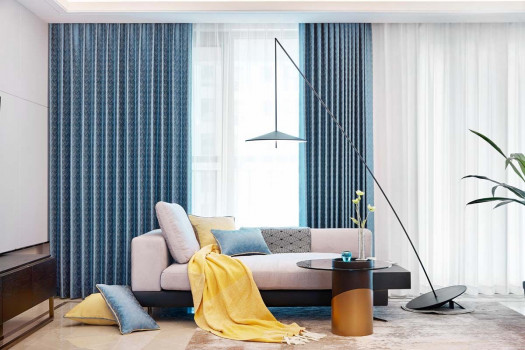How to Balance Natural and Artificial Lighting at Home



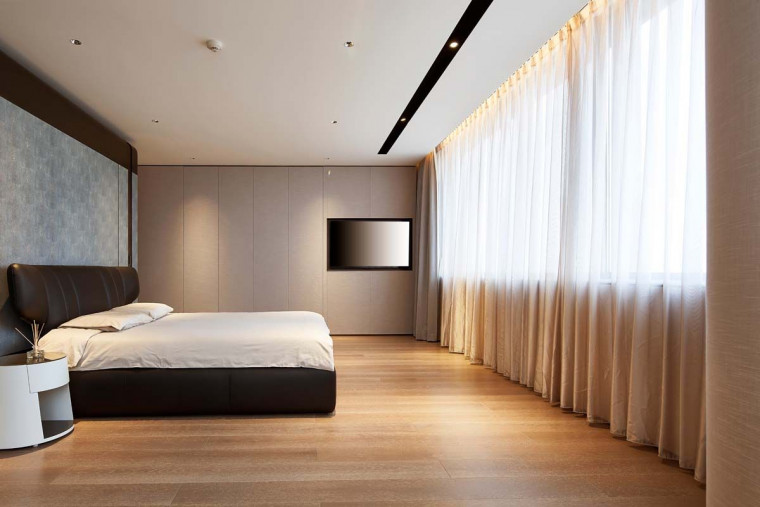
©Shutterstock
A good balance between natural and artificial lighting can certainly give you a few benefits. First, it is a way to save energy as a small but meaningful contribution to mitigating climate change. If you have enough daylight in your home interior, you don’t need to use artificial lights during the day. Effective use of lighting such as this will certainly reduce your electricity bill.
Not only that, a good lighting arrangement can also enhance the interior design of your home, but it has to consider both functional and aesthetic value carefully. Here are some tips to get a good balance between both lighting sources.
Define your room’s function
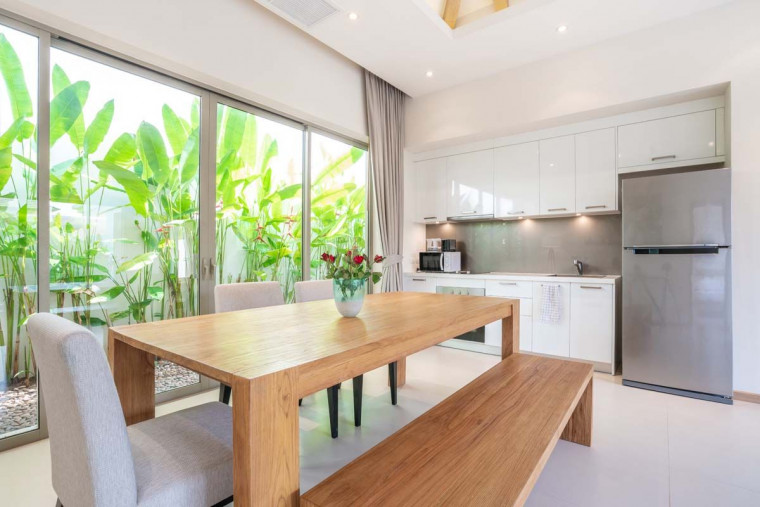
©Shutterstock
Your lighting source must be in line with each room’s purposes. For example, for a more private room like a bedroom and bathroom, the balance of natural lighting and interior lamps is important. The presence of a window is preferable to help lit the room during the day, while artificial lighting with warm and soft light can be an option to illuminate the room during the night. On the other hand, workspace and kitchen need more daylight source as these rooms accommodate activities that require focus and bright ambiance. During the night, they require much more artificial lighting as well.
Window’s position
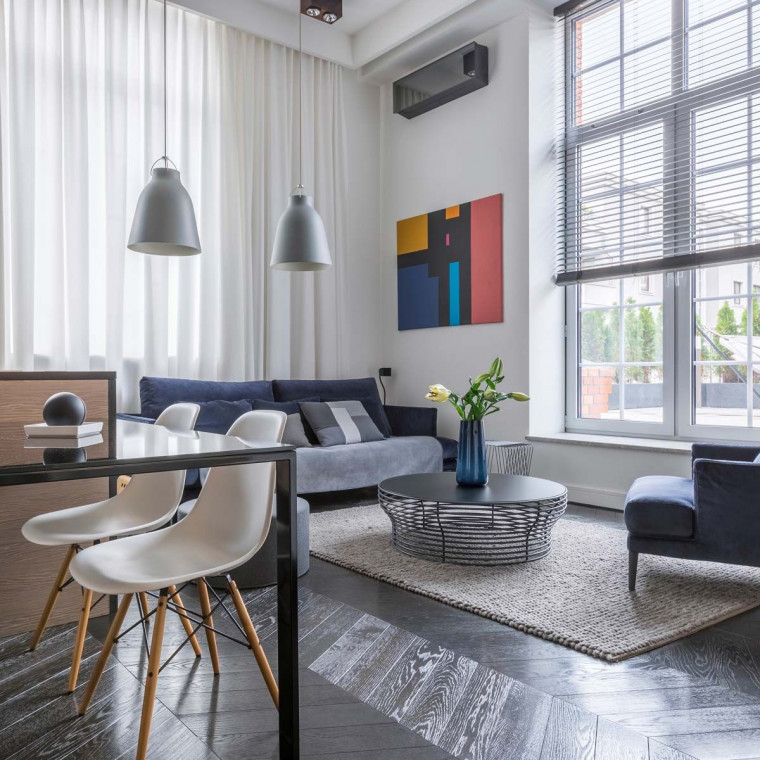
©Shutterstock
Window is one of the main sources of interior daylight. Before deciding on the size and the shape of a window, you need to consider the orientation the windows are facing. If they are facing west or east, smaller windows are enough to avoid gaining too much solar heat during the day. However, bigger windows are ideal if they are positioned on the north and south side of your home façade.
Drape and blinds
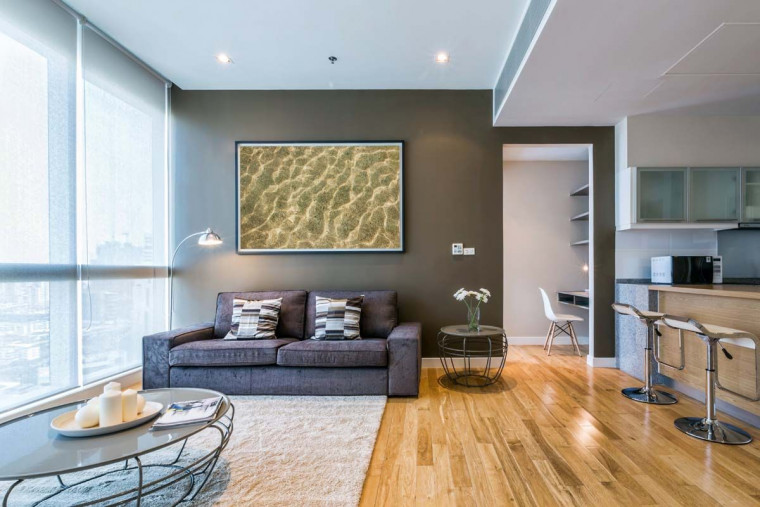
©Shutterstock
Not all of us are lucky enough to decide the size and orientation of our home’s windows. Some of us might have to deal with the existing window of the houses or units that we rent or buy. So, a good choice of drape and blinds for the window and ventilation is a perfect way to control the amount of daylight entering the interior. There is a wide variety of drape and blinds materials based on their transparency level that you can choose from. Consider choosing blackout blinds or drape for rooms that need privacy.
Types of lamps and its brightness
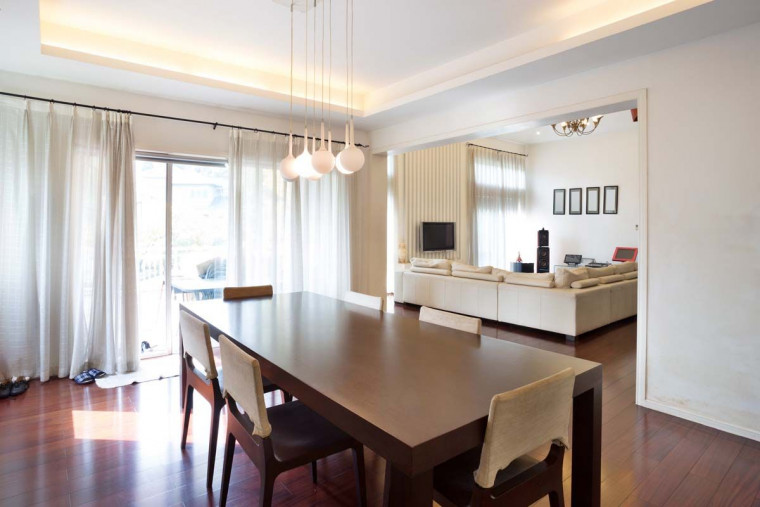
©Shutterstock
If we can tweak the natural lighting with window size and drape materials, artificial lighting can be controlled by selecting the illumination and temperature specification. For general lighting, warm white or yellow light is ideal to create a comfortable ambiance. Cool and fluorescent types are selected for rooms with specific activities. Choosing a lamp’s brightness, which is usually stated by watt number or lumens, has to consider the room size. The bigger the room, the higher the lumens or watt power. For more even lighting, you can opt for strip LED, which is usually installed as cove lighting. Keep in mind to choose only a good quality lighting because it will last longer and have consistent colour.




 Indonesia
Indonesia
 New Zealand
New Zealand
 Philippines
Philippines
 Hongkong
Hongkong
 Singapore
Singapore
 Malaysia
Malaysia




